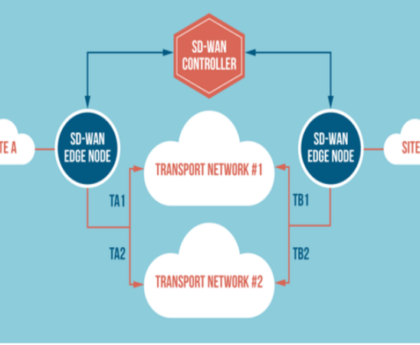Role-based access control (RBAC) can improve security posture, comply with data protection laws, and simplify onboarding. But it’s essential to understand the challenges that may arise during implementation. Start by identifying roles that make sense for your organization. Generally, roles should be defined around job functions and responsibilities, role-based access controls not privileges.
Reduce the Risk of Data Breach
Role-based access control (RBAC) enable organizations to set up user access rights at a group rather than an individual level. This model allows users to be assigned one or more roles base on their job responsibilities and duties; which reduces the risk of data breaches caused by unauthorized employees performing sensitive tasks. It also allows managers to monitor employee activity and prevent them from compromising company systems. In the RBAC model, each role is associate with a specific set of permissions that determines what an individual can do within the system. Role-Based Access Controls These roles must be carefully considere; to ensure that each person has the right amount of access to your business systems and information.
For example, limit a person’s role to reading only while giving another role the ability to create and change documents. When a person’s role changes, their permissions can also be easily changed. This makes it easier for you to update your security system as your team grows and changes and is a much more efficient way to manage permissions; than using a manual process or a complex access matrix. Another benefit of RBAC is that it can be combined with Single Sign-On Role-Based Access Controls Smart Access Control; which means that employees only need to remember one password instead of multiple for their various work areas and applications. This significantly reduces the risk of cybercrime and makes; it easier for your helpdesk to assist with forgotten password reset requests.
Reduce Admin Duties
Role-based access control (RBAC) is a tried and true approach to security that can reduce admin workloads. With RBAC, you can grant access to specific files or programs based; on an individual’s job role and only when needed. This makes it much easier for IT to manage permissions for new employees, those who have changed jobs within your organization, contractors; or third-party users who need access to short projects.
This can also help reduce the number of passwords required for end-users to access different systems; which helps reduce cybersecurity risk and reduce the time IT staff spend resetting forgotten passwords. Additionally, single sign-on intelligent access control can streamline security management by providing a central platform for all application users to log in with one username and password. As a best practice, you should regularly review your roles and the permitted access for each. This is especially important if your business operations change, as you may find that the RBAC policy you set up initially may differ from the RBAC you need for your newer, more complex operations. The ability to easily add and remove permissions for specific individuals will ensure that you can adjust the system as your business grows or if there are other changes to your premises, technology, management processes, Role-Based Access Controls or security risks.
Increase Security
Role-based access control (RBAC) restricts access to a company’s system and data by grouping employees into logical categories or roles with different levels of permissions. It helps limit the potential damage caused by a breach by only giving employees access to data and systems they need to do their jobs. Using RBAC is also an excellent way to comply with general and industry data protection laws. Providing employees with the proper access is critical to these regulations, and role-based access control makes it easier to comply. With RBAC, you can also eliminate the need for multiple passwords and reduce the time spent on help desk support issues from users who need to remember their credentials.
Additionally, you can set a single password for everyone to use across all applications and devices so that there is less risk of cybercriminals guessing passwords or exploiting weakened security protocols. Implementing a secure role-based access control strategy should be a collaborative process that involves HR and IT staff. You’ll want to map out the current status of your various systems and data and how each department uses them. You’ll then need to create the logical divisions of roles or groups and define which employees belong to each. Finally, you’ll need to assign the appropriate users to each role or group so that everyone has the same level of access.
Reduce Costs
Role-based access control restricts system access based on user roles and prevents lower-level employees from accessing sensitive; information or performing higher-level tasks. Also, Role-Based Access Controls This security model enforces the principles of least privilege and separation of duties, decreasing the risk of insider threats. Role-based access control can significantly reduce costs by reducing the work needed to manage access rights. It also improves processes and eliminates delays in productivity that would have occurred while waiting for approval from a supervisor. Role-Based Access Controls It also makes adding new team members easier without disrupting the business flow.
The most crucial aspect of implementing RBAC is understanding your organization’s access needs. Step back to see how each department works together and their access requirements for email systems, cloud apps, client databases, or shared folders on the file server. Start by creating a list of access-required systems and then work to assign appropriate roles. Doing this in phases is best so the company can adjust to change comfortably and prevent unnecessary disruptions.




